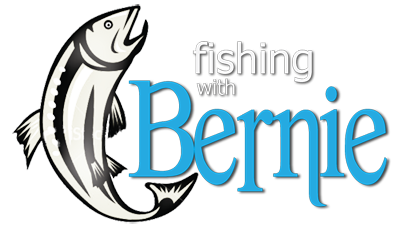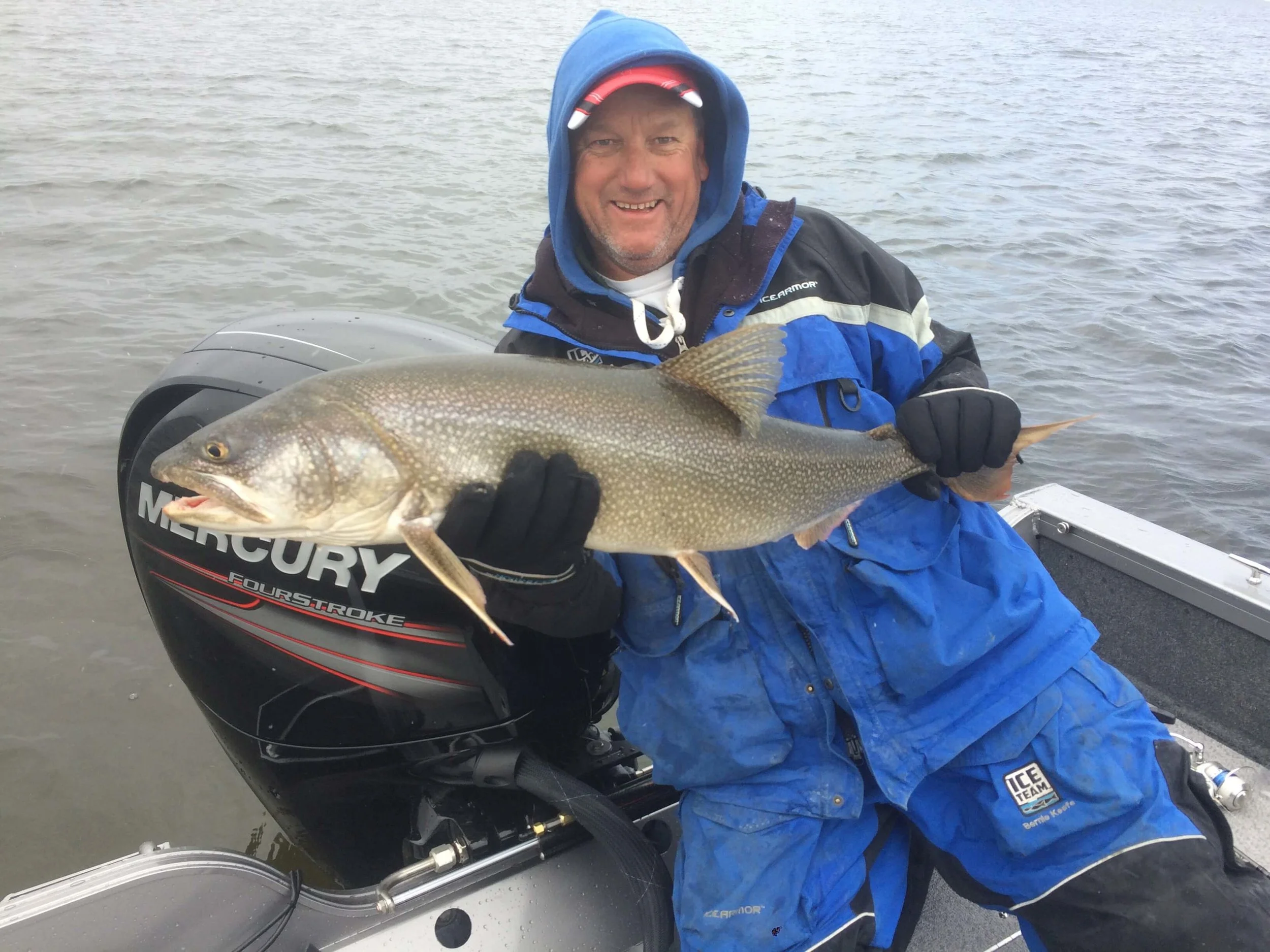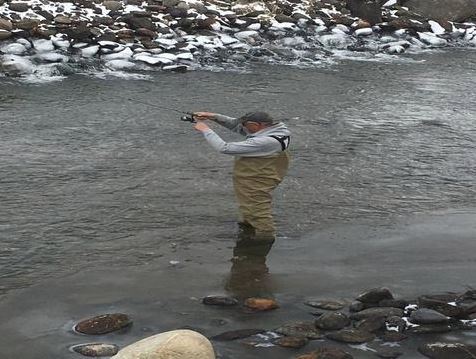Lake Granby
Water temps are in the 50's in the morning. The lake is filling 1/2-1' a day. Please. be careful there is a lot of floating debris on the lake. Rainbow fishing is great around the inlets, those willing to hike into Columbine bay from Shadow Man spillway will be rewarded with some great fly fishing. Browns are still eating minnows and crawdads around the rocky areas during low light periods, tubes, jerk baits and spoons are all producing fish. Lake trout have started to move out of the shallow water. They can still be caught from the banks, try casting to steep dropping shorelines. Boaters are doing well with tubes, hair jigs, spoons and minnow style baits.
Grand Lake 6.5.17
Water is coming in fast right now, all the inlets are full. Lots of floating debris in the water be careful out there! The water temp is in the upper 40’s in the morning and warming to low 50’s by the afternoon. Water clarity is 3-4ft. Fishing has been good, fish are active and feeding. Rainbows and browns are biting on floating Rapalas and X-Raps cast from shore or trolled along the shore lines. The lake trout are being caught between 35 and 80 ft on spoons tipped with sucker fishing up and down the drop offs. Get out and enjoy the water here in Grand County, summer is not far off! Dan Shannon – Guide, Fishing with Bernie
Williams Fork Fishing Report
Surface temp is in the low 50's. Lake Trout bite is slow to fair. Tubes or grubs tipped with sucker meat are producing hits in 50' to 100' of water. Rainbows are feeding on bugs on the surface. Fly and bubble, spinners and shallow running crank baits should produce some hits. Trollers are catching a few Kokanee Salmon. Small schools are running at 30'. Northern Pike remain slow but can be found in shallow water on a sunny day. Floating crank baits and spoons/spinners are producing an occasional hit. Fishing choppy water is your best bet. Randy Hall - Guide, Fishing with Bernie
For more information, tips or to book a trip please check out www.fishingwithbernie.com . Bernie Keefe has been a fishing guide in the Middle Park area for over 25 years.





















